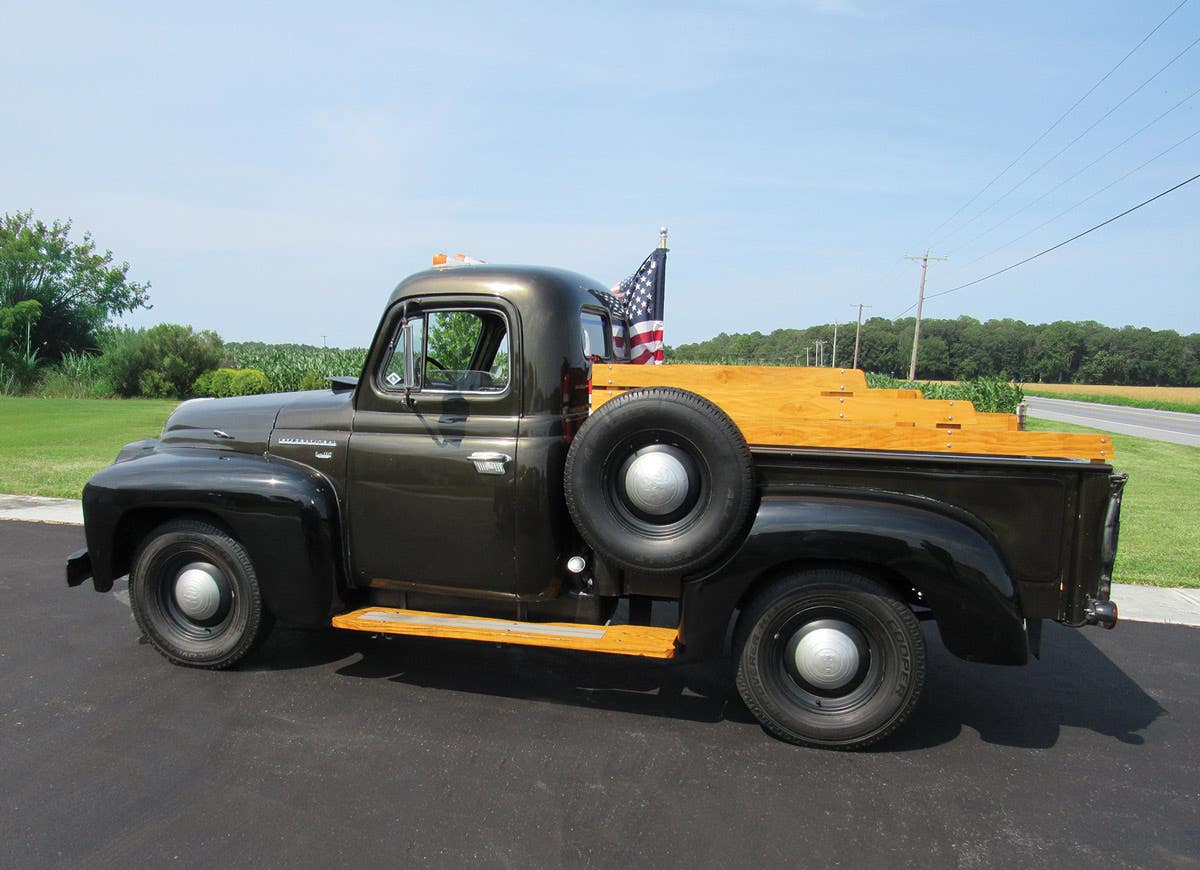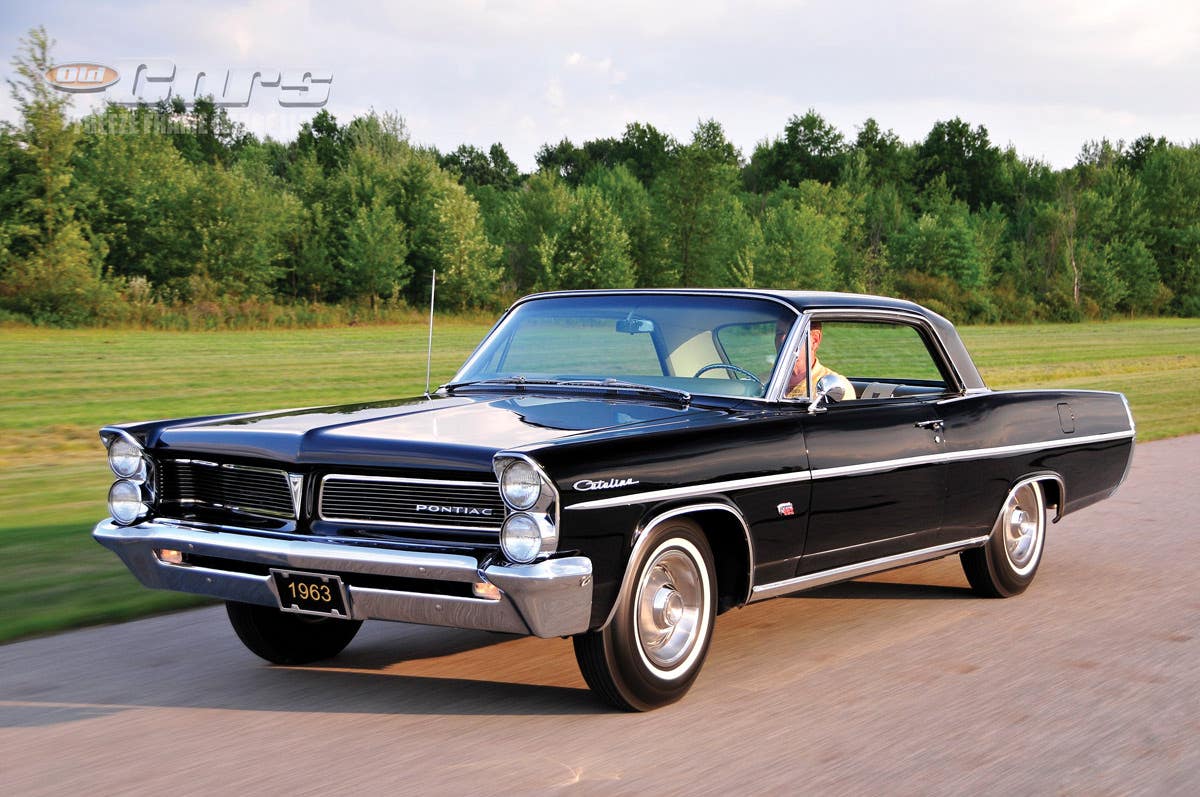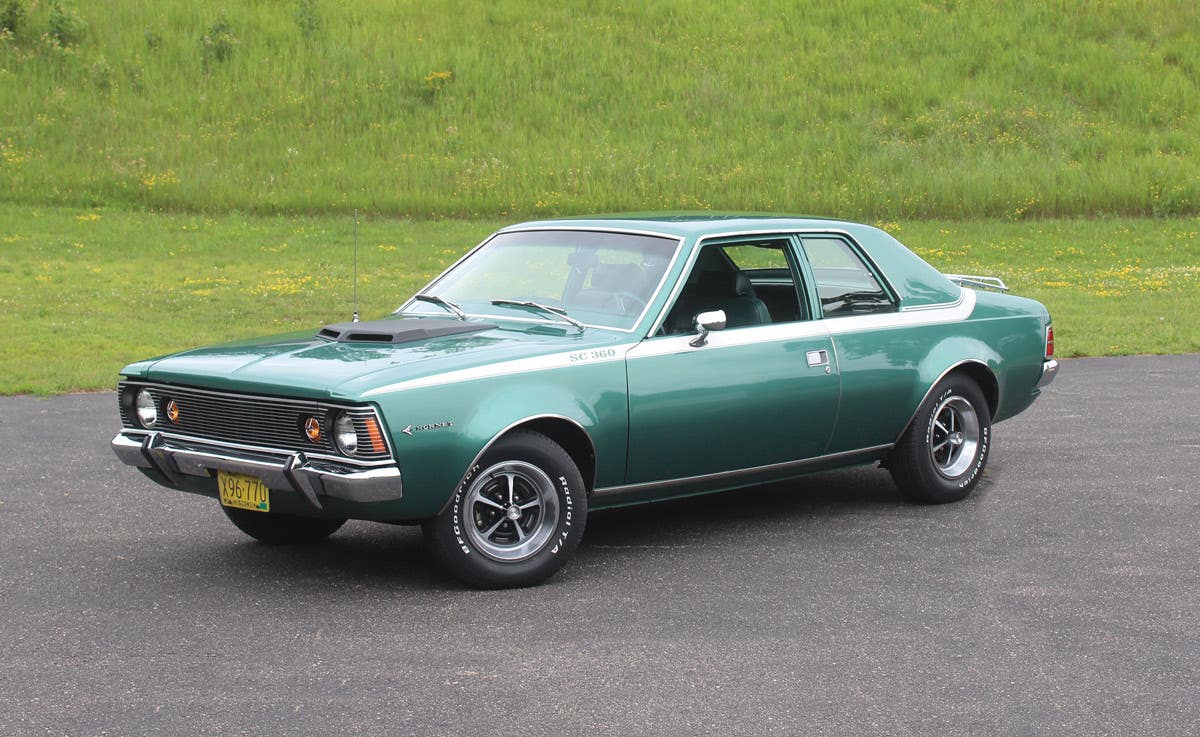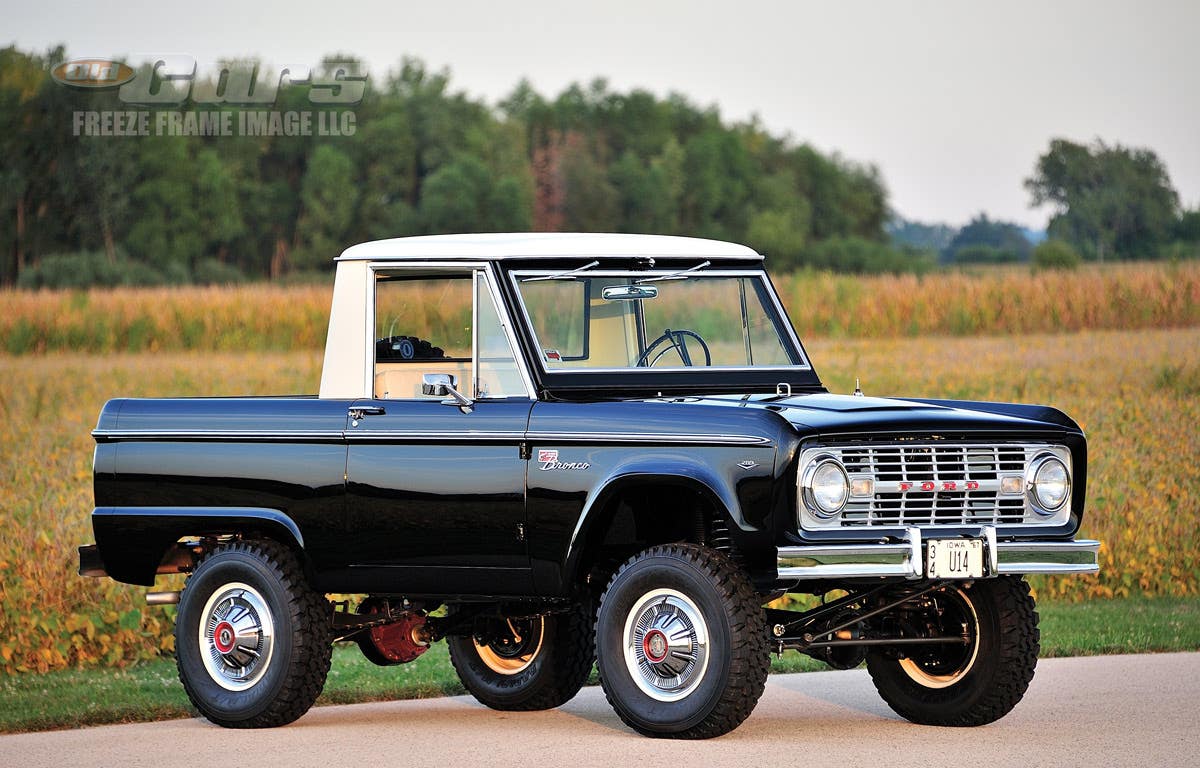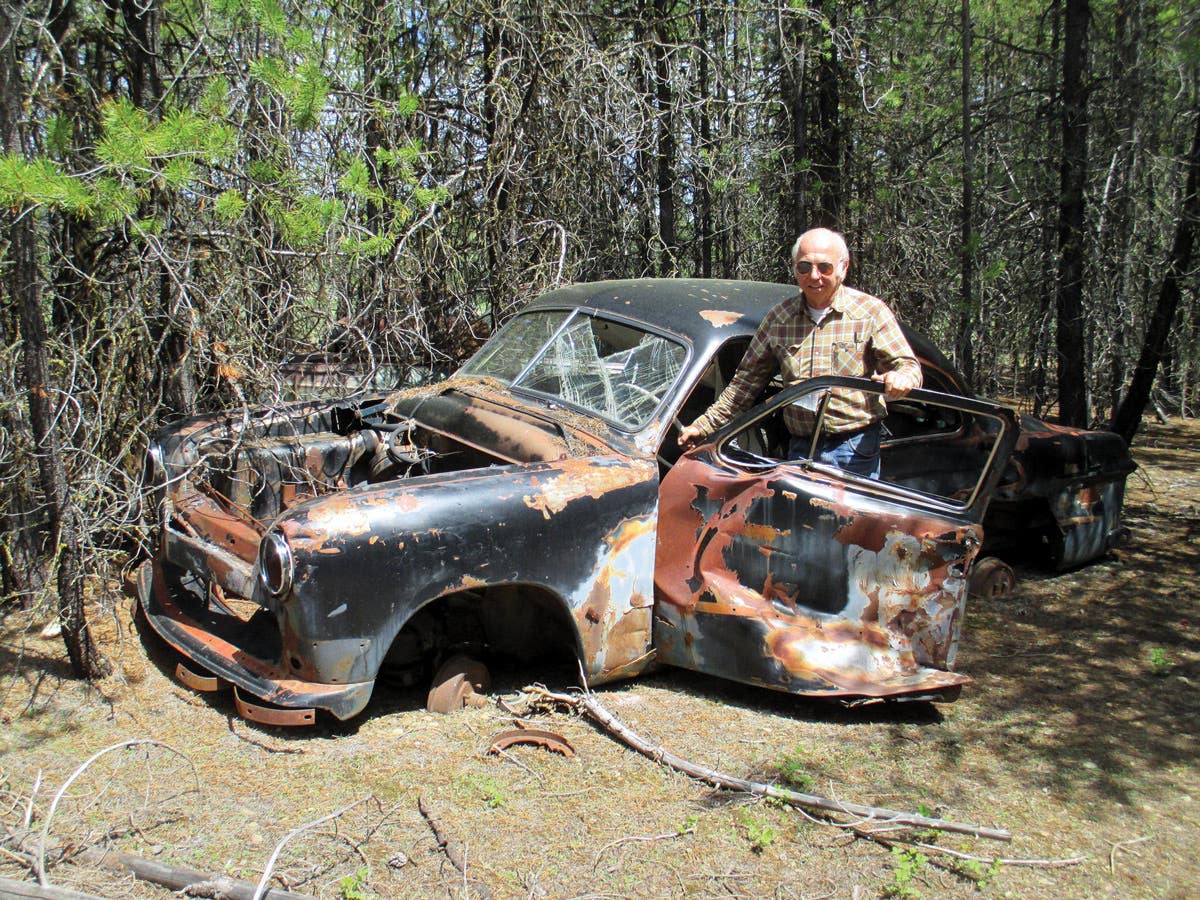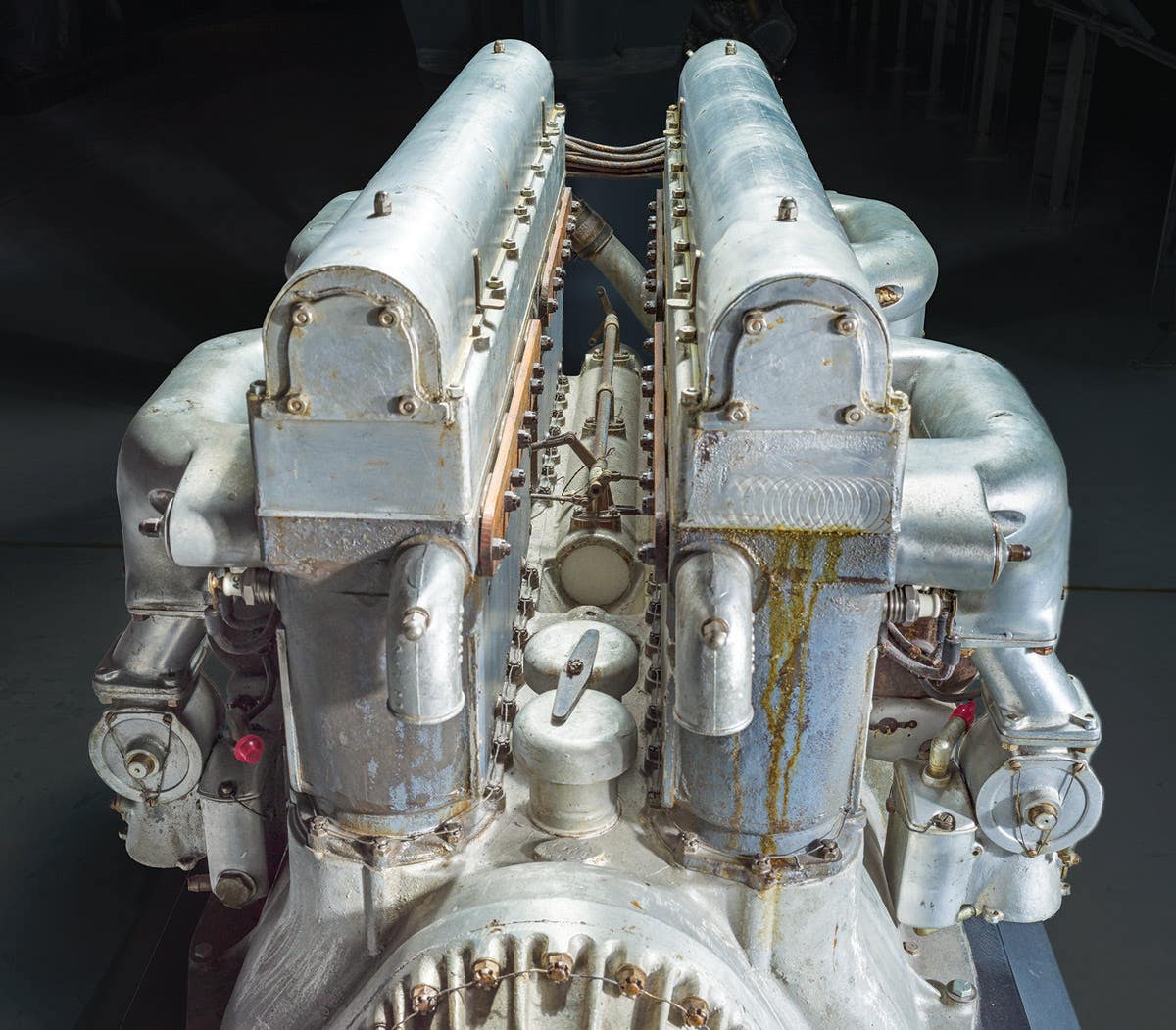Q&A with Kit Foster: October 4, 2012
Q. In reference to the hubcap in the June 21 Q&A, this was the standard cap unless an optional cover was ordered for 1964 Ford autos from the compact Falcon…
Q. In reference to the hubcap in the June 21 Q&A, this was the standard cap unless an optional cover was ordered for 1964 Ford autos from the compact Falcon through the full-size Ford. I know, because I ordered my first brand-new car, an intermediate-size Fairlane 500 Tudor, in dark jade metallic with beige vinyl interior. It had optional seat belts, radio, heater, two-speed electric wipers and a 42-amp alternator with dual-belt drive. Performance-wise it had the 2V 289-cubic-inch V-8 and four-speed Borg-Warner T-10 transmission, and heavy duty brakes and suspension. The kicker option, for me anyway, was that I ordered 15-inch wheels, a DSO option, the standard wheels being 13-inch and regular option 14-inch. My Fairlane had the black-background caps in the inquiry. Since my Fairlane came from the factory with 15-inch wheels, it may have been the only such “standard” production model in Illinois, if not in the U.S., unless there were police-version Fairlanes so equipped. I had the optimistic view that I’d keep the car forever. However, I only had it for almost 20 years. I really miss that car.
— Kenneth Drobena, Chicago
A. I recognized that style hub cap as being on pickups and Econoline vans, and the Spotter’s Guides confirmed my memory. I did not check into Ford passenger cars, though. In looking further I find that, indeed, brochures for 1964 show that style cap, with the black-background FORD lettering, on Falcon, Fairlane and full-size Ford cars. I can’t tell what size tires they’re wearing and there are not many such illustrations, since the basic “dog dish” style appears sparingly in marketing materials. From what I can tell, that type did not appear on vans or trucks until 1965. In 1963, Econolines shared the Falcon’s basic cap, with FORD across the face, and the vans seem to have kept it for one additional year. However, Mickey Nielsen’s hub cap, the subject of the June 21 item, had a red background, which I believe makes it a 1966 commercial item. As for 15-inch wheels on 1964 Fairlanes, perhaps our readers know more. Since the standard wheels for all full-size Fords in 1964 were 14-inch, according to the Standard Catalog of American Cars 1946-1975, there may not have been a full wheel cover offered in the 15-inch size. By default perhaps all cars with larger wheels came with small caps.
-------------------------------------------------------------
Q. What is this from? It’s threaded on the inside so it screws on, and it’s aluminum. It’s large.
— Tom Ciccarelli, Akron, Ohio
A. The general design and octagonal ridge are very much like the caps seen on 1931-32 Buicks, but those had a “B” in the center, in an Old English monogram style. Could this be a non-trademark-infringing aftermarket item, like the “Fool” hubcaps for Fords we mentioned recently?
-------------------------------------------------------------
Q. I am restoring an original 40,000-mile 1949 Ford F-1 stakebed truck and I would like your help in identifying the ID information on the truck. It reads as follows: Cylinder head (226 c.i. six) - 7HA 6050-C2; Data plate on firewall - 87HY 121525 CS; Glove box plate - Eng No. 87HY 121525, Model 8HC, 4700 lbs. The truck was originally bought as a farm work truck and as such, came with heavier springs, 11-inch clutch and a heavy-duty four-speed transmission. It was titled as a 1949 model, yet some of the numbers above appear to be for a 1948 model.
— Jason Javaras, Fredericksburg, Va.
A. Yes, the numbers indicate a 1948 model year truck. The number on the cylinder head is the part number. Ford used 6050 as a basic head part number for years, with a prefix for the model and suffix for subsequent issues or modifications. “7HA” is the redesigned six-cylinder engine introduced in mid-1947. The trucks got it at the beginning of the 1948 model year, which began in November 1947. “87HY” corresponds to a six-cylinder F-2 or F-3 3/4-ton truck from the 1948 model year (a V8 would be 87RY). Both F-2 and F-3 came on the 122-inch wheelbase, but the F-3 had a greater load capacity (6,800 GVW, vs 5,700 for the F-2). Your truck, however, appears to have a GVW rating of 4,700, which corresponds to the “8HC” on the glove box plate. “HC” was used on F-1 half-ton trucks with a 114-inch wheelbase. However, my references say an HC truck should have a VIN beginning with 87HC. In any case, your truck is from the 1948 model year, but may have been first titled in 1949. VINs for 1949 trucks, which were introduced in April 1949, began with “9."
To submit questions to this column: E-mail angelo.vanbogart@fwmedia.com or mail to: Q&A, c/o Angelo Van Bogart, 700 E. State St., Iola, WI 54990-0001.
Got Old Cars?
If you don't subscribe to Old Cars Weekly magazine, you're missing out on the only weekly magazine in the car hobby. And we'll deliver 54 issues a year right to your mailbox every week for less than the price of a oil change! Click here to see what you're missing with Old Cars Weekly!
More Resources for Car Collectors:
- Classic car price guides, research, books, back issues of Old Cars Weekly & more
- Get expert restoration advice for your classic car
- Get car pricing, data and history all in one place
- Sign up for Old Cars Weekly's FREE email newsletter
- Need to buy or sell your classic car? Looking for parts or memorabilia? Search our huge online classified marketplace



